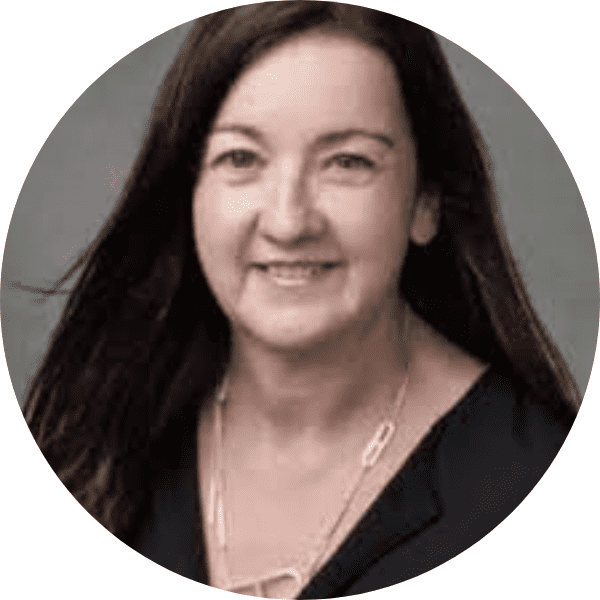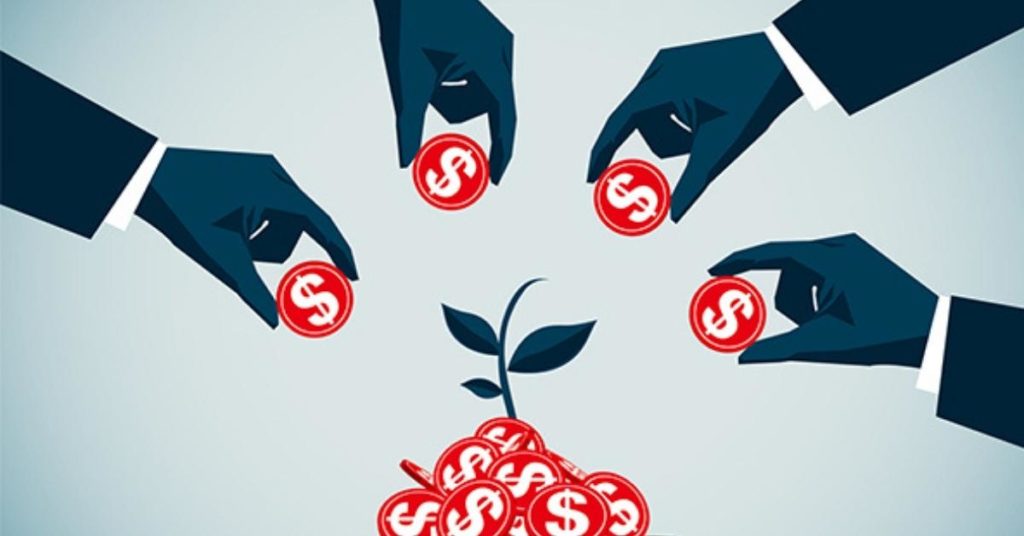Co-Author: Denderah Rickmers and Amanda Kee
10 mins read
This article was originally featured here.
Traditionally, it has been difficult to motivate Asian funders to commit to cross-border or regional social-change efforts. Most have wanted to focus on pressing needs in their own backyards, and successful collaborations have often remained bilateral, project-driven, and non-formal. While the concept of pooling resources has been around for more than a century, Asia has been slow to catch up to the west in terms of volume, scale, and verifiable results of joint philanthropic efforts.
Then came COVID-19. Starting in the spring of 2020, global and local funders wanted to do something—anything—to support response efforts. While these funders released considerable funding toward immediate relief, a lack of health-care expertise combined with the inability to travel to Asia led to ad-hoc, siloed, and uncoordinated efforts. At AVPN, a diverse network of funders and resource providers in Asia-Pacific, we saw our members struggle with the paucity of first-hand information, an inability to meet with locals, and daily reminders that the virus was ravaging communities.
By the end of 2020, frustrations grew. The depth and breadth of issues the pandemic triggered rendered individual efforts inadequate. This prompted a clear shift in the focus of conversations with members, from immediate recovery efforts to building longer-term, collaborative solutions. As an intermediary, the question for AVPN then became: How can we expand the ways we work to support response efforts? We identified three core assets to build on: local representatives in 13 markets, established partnerships across the region, and 10 years of experience in bringing together funders and social change organizations. Building on these strengths, our members’ growing interest in collaborative philanthropy, and their shared aim to address social issues emerging from the pandemic, we created a pooled fund—a funding vehicle that aggregates capital from multiple funders to streamline operations and costs, thereby freeing up more resources for social change organizations.
For AVPN, taking on a pooled fund was a great opportunity—and a risk. It would be the first time our team would take on structuring and disbursing grants. In addition, there was no precedent of similar pooled funds in the region for us to learn from. “Funding collaboratively is a new idea to many donors, particularly in Asia,” said Macquarie Group Foundation’s Susan Clear. “Being part of this initiative was also an opportunity to work alongside like-minded funders to drive this innovative initiative and support local organizations and communities.”
We embraced the challenge, deciding that a lack of experience did not equate to a lack of expertise but also knowing that time was not in our favor. Many funders had dedicated COVID-19 funds they wanted to make available as quickly as possible. We gave ourselves six months to develop the framework and structure, pitch the idea, and confirm funding. We committed to two core principles: permanently strengthening primary health-care systems and deploying unrestricted funding.
The fund launched in May 2021. Structured as an evergreen fund, it brought together a diverse group of six funders—including the Bill and Melinda Gates Foundation, a high-net-worth individual, and four corporations and corporate foundations, including Macquarie Group Foundation, Vitol Foundation, Johnson & Johnson, and Chevron—who together contributed $1.2 million. Our first round of grant applications closed in June 2021, and out of 84 applications across four markets, we awarded a total of USD933,000 to four grantees. These include the Center for Indonesia’s Strategic Development Initiatives in Indonesia, the International Institute of Rural Reconstruction and the Asia Society for Social Improvement and Sustainable Transformation in the Philippines, and the International Rescue Committee in Thailand and Myanmar.
As a team, we continue to learn daily. Below, are seven lessons that may help other first-time pooled fund managers:
1. Acknowledge That You (Mostly) Start From Scratch
Regardless of your role or standing in the philanthropic ecosystem, if you are a first-time fund manager, you need to build a track record. From scratch. ;The fact is that even if you have discussed pooled funds at length with funders, fund managers, or grantees, or have read or written about them, you still don’t actually know how to manage one yourself. You need to not only build internal capabilities but also earn the trust of your partners and potential funders in your ability as a fund manager.
For us, this process has been exciting, though exhausting, so far. Building the theory of change, onboarding funders, and developing the grant and funding agreements have all taken more time and resources than we anticipated. When we were unsure about how to address a particular element of the fund, we took the time to ask funders about their expectations and to get recommendations. This effort has paid off: Being transparent with potential funders about the process, and our team’s experience and areas of expertise, has helped build their trust in us.
2. Assess Your Team’s Capacities and Build Robust Processes
Setting up strong project and governance processes for the fund will enable you to identify gaps and mitigate shortcomings within the team. For instance, only a few of our team members had prior experience in managing grants. Hence, one priority was to refine our grant management framework to identify and eliminate potential loopholes. Likewise, the team had little experience with aligning different funders’ reporting requirements and tracking unrestricted funding. However, we did have expertise in developing measurement and evaluation (M&E) frameworks that we could build on.
To help fill our gaps, we created a rigorous feedback process across the fund’s operating team, operating committee, and grant committee. Now, during our weekly meetings, the team questions how we are approaching and implementing new tasks and activities. We also solicit learnings from other philanthropic fund managers and continually integrate feedback from our funders and grantees.
3. Connect Funder and Fundee Needs
Unlike a single-donor fund, a pooled fund requires that you accommodate and align all contributing funders in the design and operations of the fund. We initiated conversations with funders early in the process to ensure that they agreed on elements such as fund size, type of funding, individual grant size, number of grantees, and the level of involvement each individual funder would provide as part of their contribution.
More importantly, as a fund manager, you are the intermediary between funders and grantees. To successfully support their relationship and develop true alignment, it is important to understand and reconcile the needs of each side. For us, this entailed two steps. First, it was essential that funders agreed to deploy unrestricted grants, which allow social change organizations to act boldly and innovate, particularly in their response to crisis situations. Second, we wanted to ensure that the grant application, due diligence, and M&E process were meaningful to both funders and grantees. This is still an iterative process. We continue to speak to M&E experts and try to use tested approaches and tools, such as standardized surveys, as opposed to developing our own solutions.
4. Understand That Developing One Solution Doesn’t Equate to Addressing One Problem
When you are looking to address a systemic social issue, it is important to acknowledge that a pooled fund offers one solution but is most likely addressing multiple, related issues—potentially across different geographies.
In our conversations, for example, we found that Malaysia needed the most COVID-19 relief and resilience support for issues related to maternal health, Thailand for education, and the Philippines for logistics and last-mile service delivery. Understanding this led us to prioritize different, intersecting areas of intervention, in addition to pandemic resilience and relief response. For the fund, we now have measurements that track the impact of both.
5. Regulate the Complexity of Your Fund
Operating a pooled fund for the first time is demanding, so make conscious decisions about the level of complexity you want to introduce. During the initial stages of structuring our fund, for example, different funders wanted to deploy different types of capital, including grants, convertible debt, and equity. Some wanted to support nonprofit organizations, and others wanted to focus on supporting social enterprises.
In the end, we needed to strike a balance between making the fund as inclusive and accessible as possible, and feeling comfortable with the level of operational risks and responsibilities the team would take on. Ultimately, we decided to focus on grantmaking only, as opposed to other social investment approaches or funding structures, and we limited the pool of applicants to registered nonprofit organizations, which offered us additional certainty in the due diligence process based on their stringent regulatory frameworks.
6. Articulate the Value Proposition of Your Fund
From a funder’s perspective, the benefit of partaking in your fund goes beyond the pooling of resources. Be able to articulate other elements of additionality—such as diversification, risk reduction, or network or partnership expansion—that are relevant to each respective funder.
When we presented the fund to potential funders, many were intrigued, but few immediately bought in. In fact, one of our first-round funders, Sarah Jeffery from Vitol Foundation, astutely remarked that, “This is only worth it if the benefits of distributing the funds outweigh the difficulty of operating the fund.” While we have yet to prove this is the case, Vitol ultimately came on board because it saw the value of the fund not only to grantees but also its own work. We were able to explain how joining the fund would allow the foundation to build its network and expand its footprint in Asia—historically not one of its focus regions—while learning from and with the other fund members.
7. Learn to Articulate the Value Proposition of Yourself as a Fund Manager
Running a pooled fund for the first time will cost your team a lot of time and resources. You will need to articulate to funders not only why it makes sense that you do it, but also why they should pay you for it.
To us, in the absence of a track record, it came down to the question: On what basis does a funder decide to commit resources to us? We believe the key was that we had built trust and relationships with each of them long before a joint fund was part of the conversation. As Hari Menon from the Bill and Melinda Gates Foundation told us, “Collaboration is a huge priority for us, because even with our resources, we realize how limited any one entity is. In the region, we are committed to working with locally embedded partners, like AVPN, who we know have a deep understanding of the needs and priorities in Southeast Asia. We look to the team and our partners in the fund to take the lead.”
For AVPN, the launch of the pooled fund is just the beginning. We have since launched a second, single donor fund and, as we start deploying the first grants and monitoring their results, we are looking at ways to expand our work beyond grant funding. This includes designing capacity-building programs with and for grantees, broadening our support to for-profit or hybrid organizations, and providing follow-on funding for the initial grantees. In an encouraging sign that we are on the right track, the Paris Peace Forum chose our pooled fund as one of the projects to showcase at its annual convening in November 2021.
Our hope is that the openness to collaborate in Asia-Pacific will extend beyond the post-pandemic world, spanning more geographies and tackling other systemic issues, such as gender inequality and climate change. While the region still needs to adopt collaborative practices at scale, time and again it has proven how quickly it can catch up once it commits. We can start now by having authentic conversations about potential pitfalls, perceived drawbacks, and gaps in knowledge. Above all, we have learned that when you raise your hand to say “I don’t know” and ask for support—a feat not necessarily easy for a network that is driving thought leadership in the region—people will respond openly and honestly, and all of us can learn and act collectively.


















